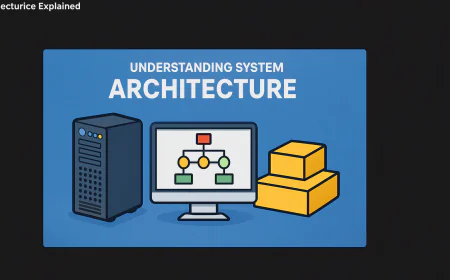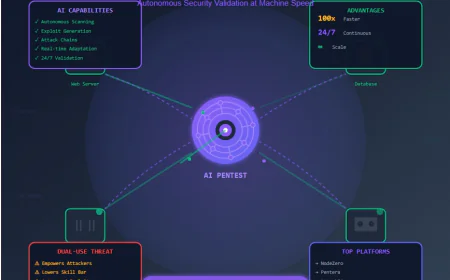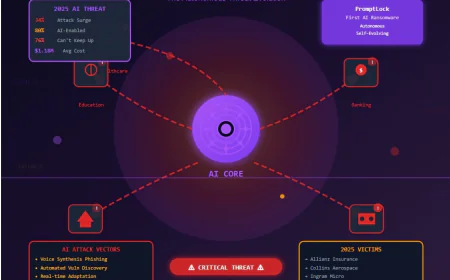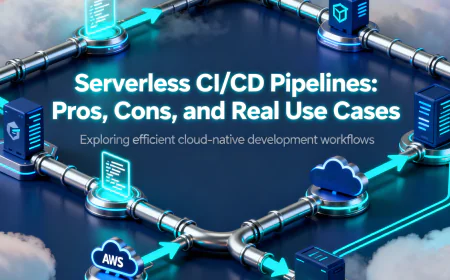2025 Outlook: Is GitHub Actions Replacing Jenkins in DevOps Pipelines?
Jenkins has powered CI/CD pipelines for years, but in 2025, GitHub Actions is shaking things up. With native GitHub integration, serverless runners, and workflow-as-code, it promises faster builds, easier automation, and seamless cloud-native deployment. In this blog, we explore how GitHub Actions compares to Jenkins, when to use each, and how hybrid pipelines can give DevOps teams the best of both worlds. Real-world examples, pros & cons, and practical tips make this a must-read for engineers looking to future-proof their CI/CD pipelines.

Introduction
For years, Jenkins has been the backbone of CI/CD pipelines, enabling DevOps teams to automate builds, tests, and deployments. But as cloud-native workflows grow and developer velocity increases, GitHub Actions is emerging as a strong alternative. With native integration to GitHub repos, workflow-as-code, and serverless execution, it promises to simplify pipelines — but can it really replace Jenkins in 2025?
Why DevOps Engineers Are Considering GitHub Actions
- Native GitHub Integration
- Push, pull request, issue events automatically trigger workflows.
- No need for external webhooks or plugin configurations.
- Infrastructure-less Execution
- Runs on GitHub-hosted runners, reducing server maintenance.
- Supports Windows, Linux, MacOS, and containerized builds.
- Workflow as Code
- CI/CD pipelines defined in YAML files in the repo.
- Version-controlled alongside the application code.
- Marketplace of Actions
- Prebuilt Actions for Docker, Node.js, Python, AWS, Azure, etc.
- Teams can reuse or compose workflows without reinventing the wheel.
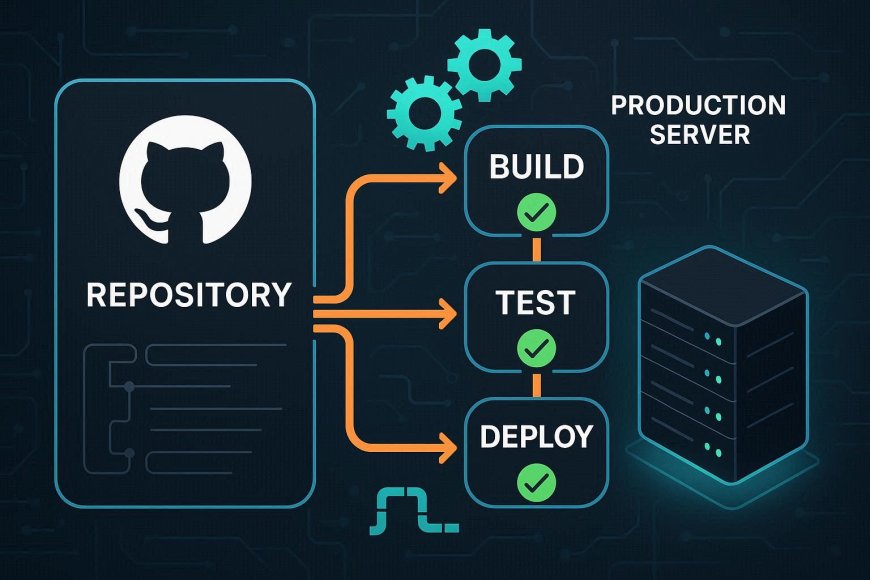
Practical Use: Jenkins vs GitHub Actions
|
Feature |
Jenkins |
GitHub Actions |
Notes |
|
Hosting |
Self-hosted or cloud |
GitHub-hosted runners or self-hosted |
Jenkins requires more setup & maintenance |
|
Integration |
Plugins ecosystem |
Native GitHub integration |
GitHub Actions reduces plugin compatibility issues |
|
Scalability |
Requires Jenkins agents setup |
Auto-scale runners (GitHub-hosted) |
Simpler scaling for small-medium projects |
|
Workflow Definition |
Declarative or scripted pipelines |
YAML workflows in repo |
YAML is easier for teams familiar with Git |
|
Community Support |
Very large, mature |
Rapidly growing |
GitHub Actions gaining adoption quickly |
|
Cost |
Free self-hosted, paid plugins |
Free tier + usage-based billing |
Cost-effective for most open-source projects |
Industry-Level Observations
- Startups & small teams: Often switch to GitHub Actions to reduce server maintenance overhead.
- Enterprise-level pipelines: Jenkins still preferred for complex, multi-branch pipelines, custom plugins, and advanced reporting.
- Hybrid Approach: Many teams now use GitHub Actions for CI and Jenkins for CD or complex orchestrations.
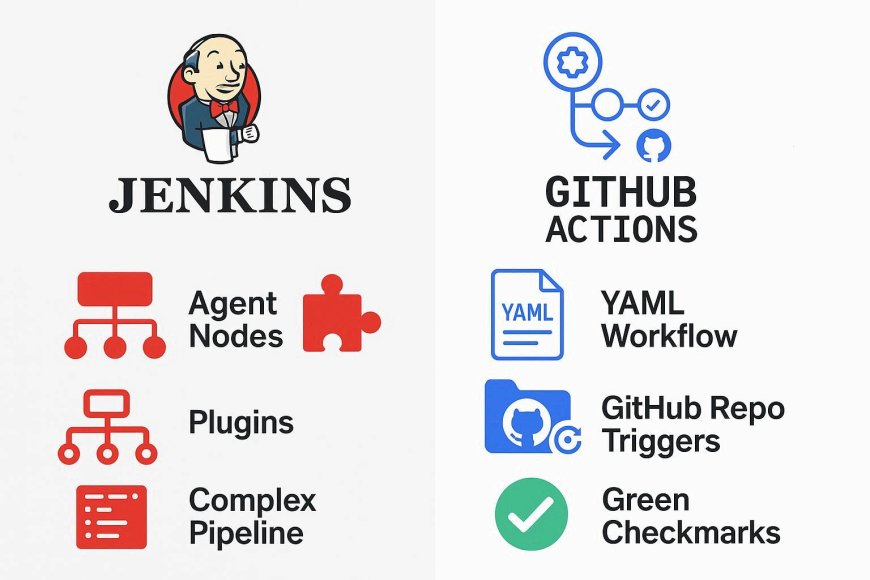
Pros & Cons
GitHub Actions Pros:
- No server maintenance
- Fast setup for GitHub repos
- Native GitHub triggers
- Easy YAML workflows
- Marketplace with reusable Actions
GitHub Actions Cons:
- Limited control on hosted runners
- Billing can scale with large workloads
- Complex pipelines may require workarounds
- Dependency on GitHub ecosystem
Jenkins Pros:
- Full control over agents & nodes
- Highly customizable with plugins
- Supports complex pipelines
- Strong enterprise adoption
Jenkins Cons:
- Maintenance overhead
- Plugin compatibility issues
- Steeper learning curve
Real-World Use Case
- Company X: Switched CI from Jenkins to GitHub Actions to reduce server maintenance for microservices.
- Pipeline: Pull request → build & test → Docker image → Kubernetes deployment.
- Outcome: Faster build feedback, integrated code review checks, and reduced dev ops overhead.
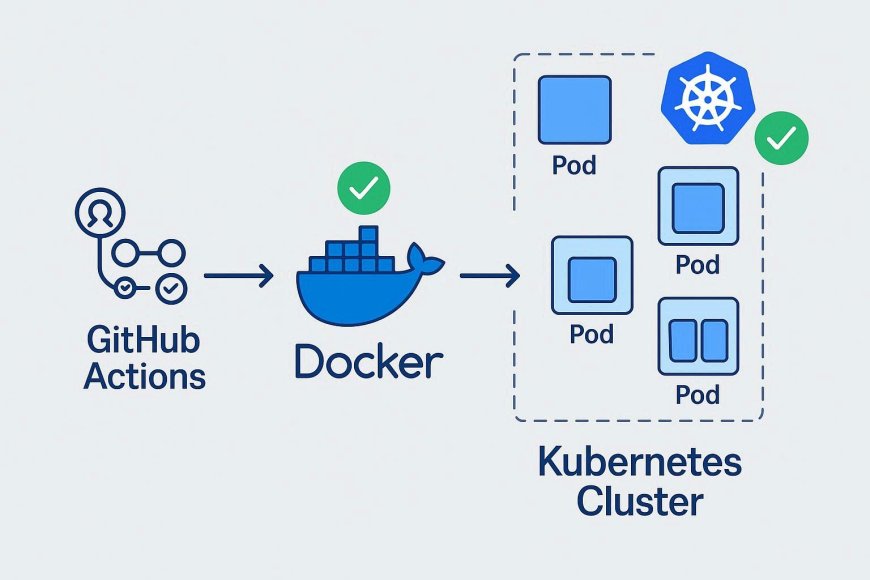
Conclusion
In 2025, GitHub Actions is not completely replacing Jenkins, but it is rapidly becoming the first choice for CI in cloud-native projects, small teams, and startups. For enterprises with complex multi-branch pipelines, Jenkins still holds strong. The trend is hybrid pipelines, leveraging the best of both worlds.
“GitHub Actions is the future for fast CI; Jenkins remains the powerhouse for complex CD orchestration.”
